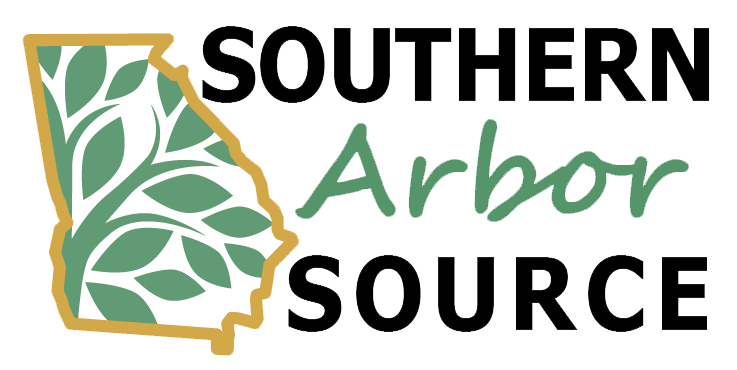When a tree falls on your premises, the seasoned arborists at SAS Trees are your go-to specialists for both the removal process and preventive strategies. Discover the advantages of employing a certified arborist over conventional tree services for a more efficient resolution.
Experiencing a tree fall on your property or that of a neighbor’s can be daunting. The following steps, which are not necessarily in sequential order, aim to guide you through ensuring safety and safeguarding your property. SAS Trees is ready to assist you at any juncture.
Evaluate Safety First: Begin by assessing the damage safely. Check if anyone has been injured or is trapped by the tree, whether inside buildings, vehicles, or outdoors. Call emergency services immediately if there are any injuries.
Inspect for Utility Hazards: Trees that fall on buildings often disrupt utilities, potentially causing electric, gas, or water service hazards. It’s crucial to assess these risks safely.
Clear the Danger Zone: It’s important to keep everyone away from the fallen tree, affected structures, and any utilities at risk due to the incident. The definition of a danger zone can vary with each scenario.
Water Damage Mitigation: Prompt tree removal is key to allowing for professional sealing of the roof. It’s advisable not to attempt makeshift roof fixes unless you’re professionally skilled. If possible, mitigate any indoor water intrusion to prevent further damage and the risk of mold.
Notify Your Insurance Provider: If an insured structure has been significantly damaged, contacting your insurance company promptly is essential. Follow your policy’s guidelines to mitigate additional losses, such as water damage.
Engage a Professional Tree Service: Enlisting a company like SAS Trees is crucial for efficient tree removal. Our expertise, coupled with advanced equipment, ensures that tree removal is conducted safely and effectively, often within a single day. Our transparent billing process aids in the smooth handling of insurance claims.
Document the Incident: Before starting the tree removal, document the damage for your records and insurance claim, aiding the removal strategy.
Communicate with Neighbors: If a neighbor’s property is damaged, discuss your plans for resolution. Local laws often outline specific responsibilities regarding fallen trees, emphasizing the importance of early communication.
Prevent Future Falls: Regular inspections and maintenance of trees on your property can prevent future incidents. This includes removing potentially hazardous trees and trimming branches near utilities or structures. Communication with neighbors about potential risks, especially for trees near property lines, is also beneficial.
In conclusion, prompt and informed actions are vital when dealing with a fallen tree on your property or a neighbor’s. By evaluating the situation, engaging with your insurance, choosing a professional tree removal service, documenting the incident, maintaining open communication with neighbors, and taking preventive actions, you can minimize damage and maintain a safe environment for your community.
